Click above for more images of the Aptera Typ1 e
Gasoline prices in the United States are helping push along the development of many new vehicles such as the Volt from General Motors. Such game-changing vehicles as the Volt and the original Toyota Prius demand a huge amount of research and, even more importantly, money before they are able to get out of the most basic of planning stages. What's more, these hybrid or electric vehicles are often sold at a substantial loss for a number of years before they ever are able to turn any sort of profit. It's not surprising, then, that smaller manufacturers such as Aptera and Can-Am are beginning to appear on the scene which look to offer an alternative to run-of-the-mill hybrids by introducing three-wheeled vehicles.
We'll delve a bit into the three-wheelers which are already available and look into what makes them legal - or not - after the break. We'll also discuss what could take place in the near future as Washington takes notice of the three-wheeled trends.
Gasoline prices in the United States are helping push along the development of many new vehicles such as the Volt from General Motors. Such game-changing vehicles as the Volt and the original Toyota Prius demand a huge amount of research and, even more importantly, money before they are able to get out of the most basic of planning stages. What's more, these hybrid or electric vehicles are often sold at a substantial loss for a number of years before they ever are able to turn any sort of profit. It's not surprising, then, that smaller manufacturers such as Aptera and Can-Am are beginning to appear on the scene which look to offer an alternative to run-of-the-mill hybrids by introducing three-wheeled vehicles.
We'll delve a bit into the three-wheelers which are already available and look into what makes them legal - or not - after the break. We'll also discuss what could take place in the near future as Washington takes notice of the three-wheeled trends.
Why choose to invest in a three-wheeled design in the first place? The answer is rather simple ... and complicated, though the main reason is that many states consider any vehicle with three wheels to be a motorcycle. For this reason, many rigorous safety standards and emissions requirements can be forgotten, as two-wheeled motorcycles are not forced into any sort of crash-testing and are subject to less stringent emissions regulations. This growing trend of three-wheeled vehicles needs to be addressed for a number of reasons, some of which we will take a deeper look into. Currently, each individual state is left up to its own to define what a motorcycle is or is not. Some states - such as Ohio, Massachusetts, Kentucky and Maine - have had to draft up new laws to allow vehicles like the Can-Am Spyder and the electric NMG (No More Gas) from Meyers Motors to be registered for road use. This makes it extremely difficult for each manufacturer to assure its customers that they won't have any problems when it comes time to get plates for their newly purchased vehicle.
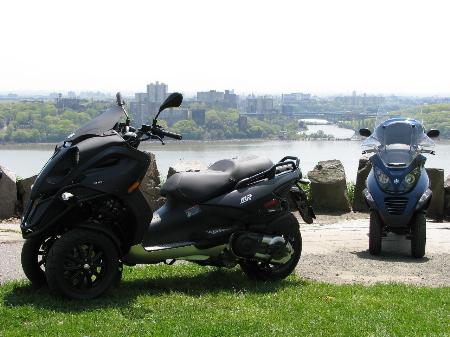
Click above for high-res gallery of the Piaggio MP3 400 and 500
Let's take a moment to consider some of the vehicles which fall into this undefined category. As was initially mentioned, Aptera is the manufacturer which first comes to mind. It's important to note that Aptera's initial product, the Typ-1 e, will be sold only in California - a state which will allow the three-wheeler to be lumped into the motorcycle category. Officials from Aptera are quick to point out that their offerings are in fact crash tested and proven safe. Still, there are no official standards that the vehicle must meet in order to be sold to the growing list of early-adopters looking to save some money when it comes time to fill up their tanks... or charge up their batteries. Steve Fambro, co-Founder and CEO of Aptera, says, "From the start, the focus of our design and engineering has been on achieving groundbreaking efficiency and safety regardless of vehicle classification." Even if Aptera does offer safe products (and we have no reason to doubt that it will), will the next manufacturer looking to capitalize on the new market do the same?
Another vehicle which fits into the wide-open three-wheeled motorcycle category is the VentureOne from Venture Vehicles. This vehicle shares absolutely nothing in common with the aforementioned Aptera except that it looks extremely futuristic and has fewer than four wheels. Those wheels are arranged differently than the Aptera's tadpole style, as its single track is at the front. To maintain stability through corners, the VentureOne adopts a leaning posture, similar to a motorcycle. The Aptera does not lean into corners, relying on its wide front track for cornering stability.
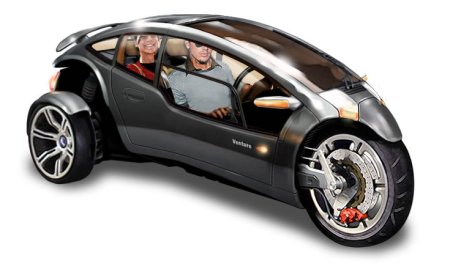
There are other three-wheelers which also don't quite fit into an available category. Take the Spyder from Can-Am for instance. It features two wheels at the front, one in back, along with a saddle seat and typical motorcycle controls. This vehicle seems to share much in common with the layout of the Piaggio MP3, though the Italian scooter is capable of leaning into corners while the Can-Am product relies on various sensors and computer programming to keep its rider out of rollover trouble. Clearly, these two vehicles should not be classified in the same bucket as the VentureOne or the Aptera Typ-1.
We decided to contact the Motorcycle Riders Foundation for their qualified opinion on what should be done to combat this growing issue. Here's what Jeff Hennie, Vice President of Government Relations Motorcycle Riders Foundation, had to say on the subject:
The federal government is aware of the issue of three wheeled enclosed vehicles and the fact that they are titled and licensed as motorcycles as is legal under current law. The Motorcycle Riders Foundation has asked the Federal Department of Transportation Secretary Mary Peters to create a new class of vehicle that is seperate from motorcycles for these "autocycles" in a July 1st meeting in DC. Three wheeled enclosed vehicles (even if enclosed with a simply a rollcage) are for all practical purposes a car that is allowed to skate around the rigorous federal safety standards that all autos built for use in the USA must meet. These autocycles are meant to perform as a car, yet do not have to meet any of the hundreds of Federal Motor Vehicle Safey Standards (FMVSS). We must be careful to not unwittingly create hardships for trike and sidecar setups or even vehicles like the new Piaggio MP3. For the safety of the future owners of enclosed autocycles, these vehicles must be put into their own class of road worthy vehicles and not just be considered another motorcycle.
It's interesting to note that meetings are currently taking place in Washington while powerful lobbyists like Mr. Hennie try to tackle the issue of a legal classification for enclosed three-wheeled vehicles. The MRF would like to see these vehicles get separate status from motorcycles and be known as 'autocycles.' The criteria proposed by the MRF is that any type of enclosure should disqualify a vehicle from attaining motorcycle status. This would mean that the VentureOne and Aptera Typ-1 would be autocycles while the Can-Am Spyder and Piaggio MP3 would remain motorcycles, along with sidecar outfits and unenclosed trikes.
What's clear that not all three-wheeled vehicles are created equally. Machines like the Piaggio MP3 and Can Am Spyder are in no way pretending to be cars, while others, like the Aptera Typ-1 e and VentureOne defy classification entirely. These manufacturers have certainly taken notice that consumers are ready to accept new and exciting options for their daily travel. Still, many states have ambiguous laws, which could either make it entirely too easy to register a new three-wheeler or make it nearly impossible.
Technology marches on, as these amazing new concepts for personal transportation clearly show. Unfortunately, legislation often lags too far behind. Regardless of classification, it is clear that the future holds plenty of unique ways to get from point A to point B, whether by a motorcycle, an autocycle or a plain old automobile or bike. As our mobility choices continue to expand, we look forward to following along and hope that any new legislation would encourage manufacturer's creativity while still allowing the safety that consumers deserve.
We agree that some sort of legislation should be drafted in order to allow these innovative vehicles to be road-worthy on American highways. A separate class should be created which would ensure that some level of safety and emissions standards are met while the goal of reduced fuel consumption remains achievable. The Federal Government has already set a precedent for the creation of a separate vehicle class for Neighborhood Electric Vehicles. We hope that the recently scheduled meeting between Mr. Hennie and Transportation Secretary Mary Peters proves successful in beginning the process of creating a way to get such high-tech vehicles on our roads... legally.
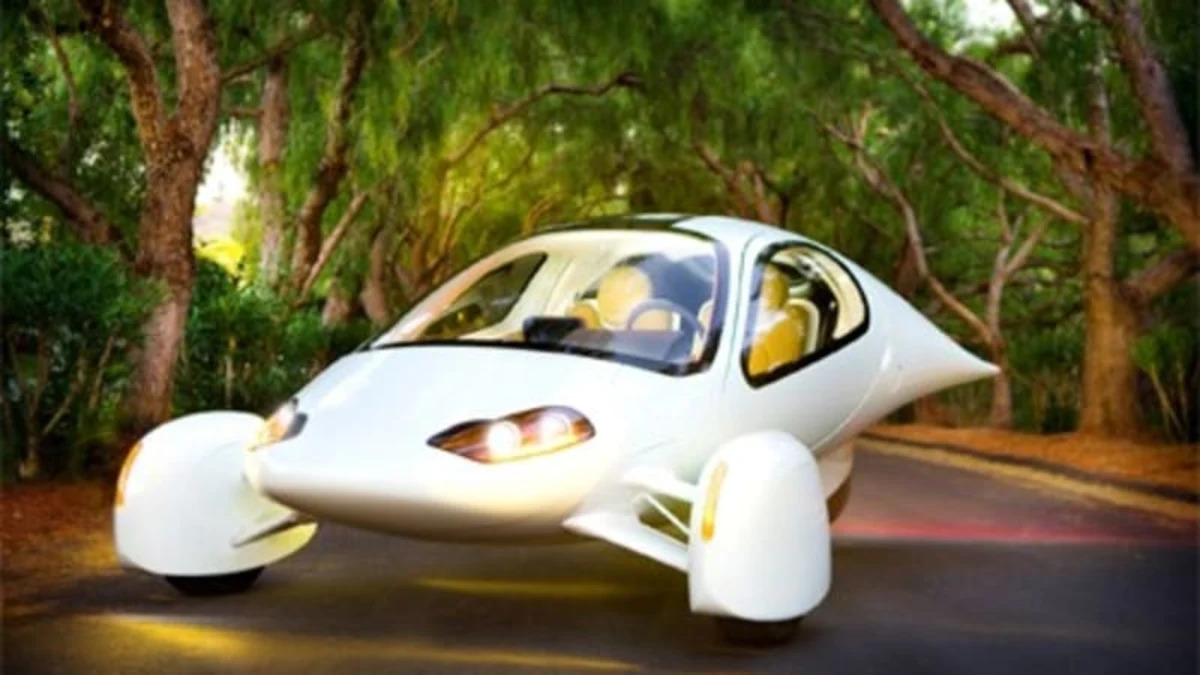
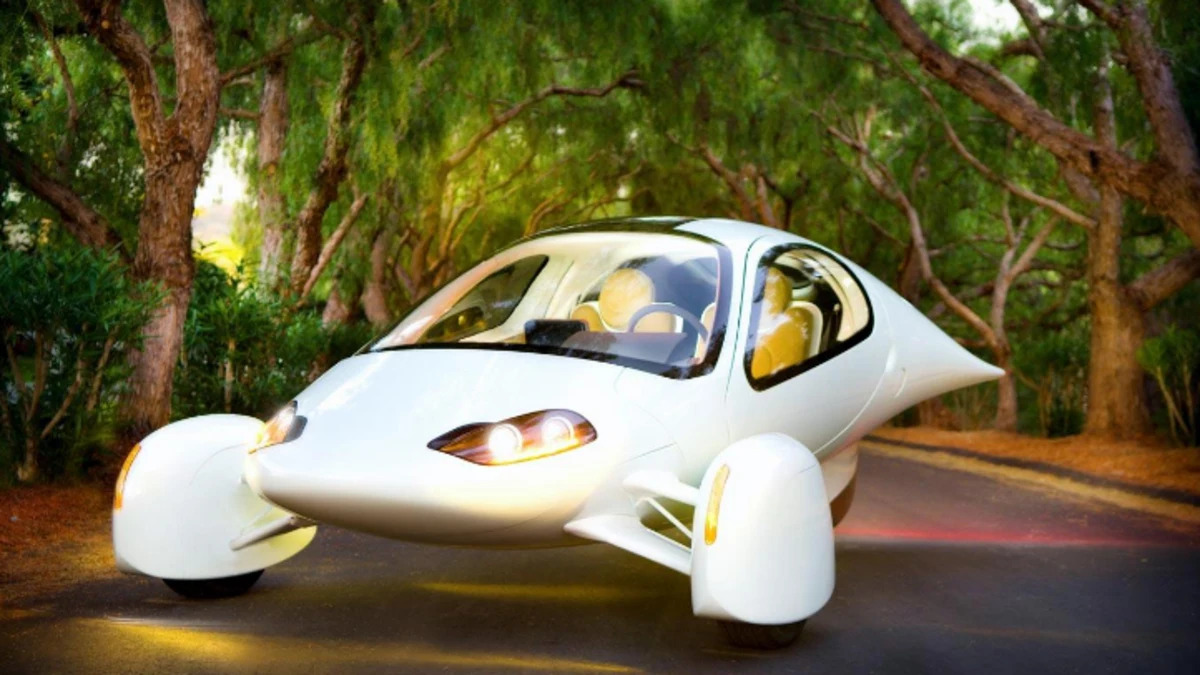
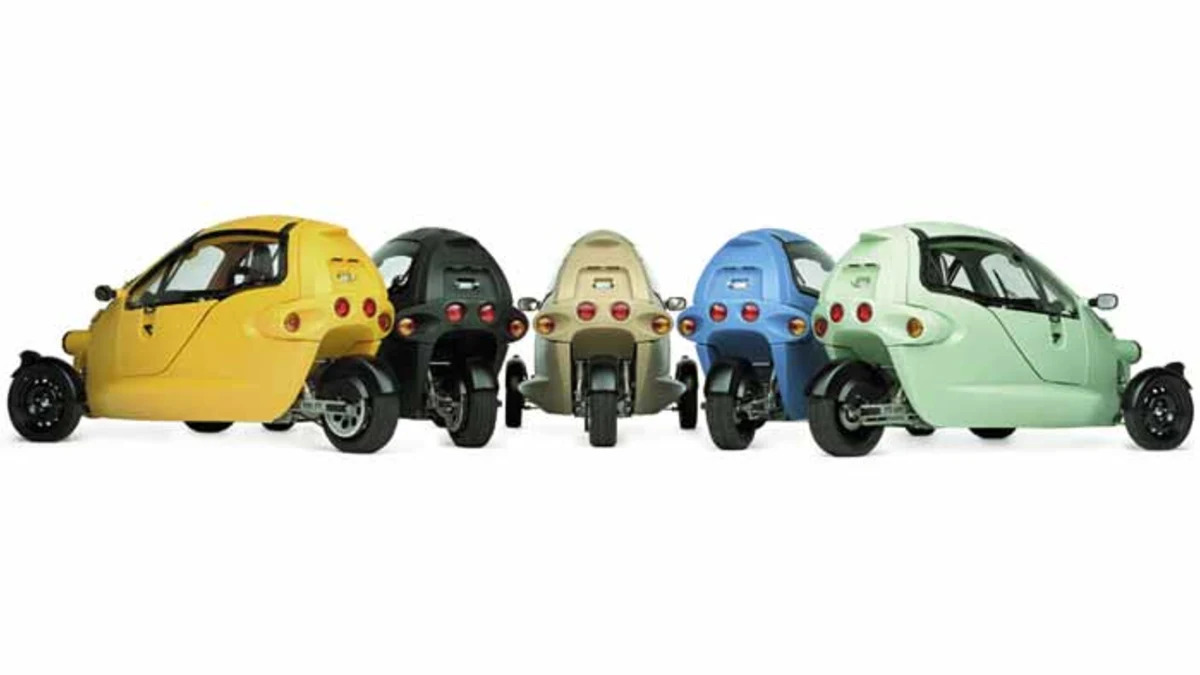
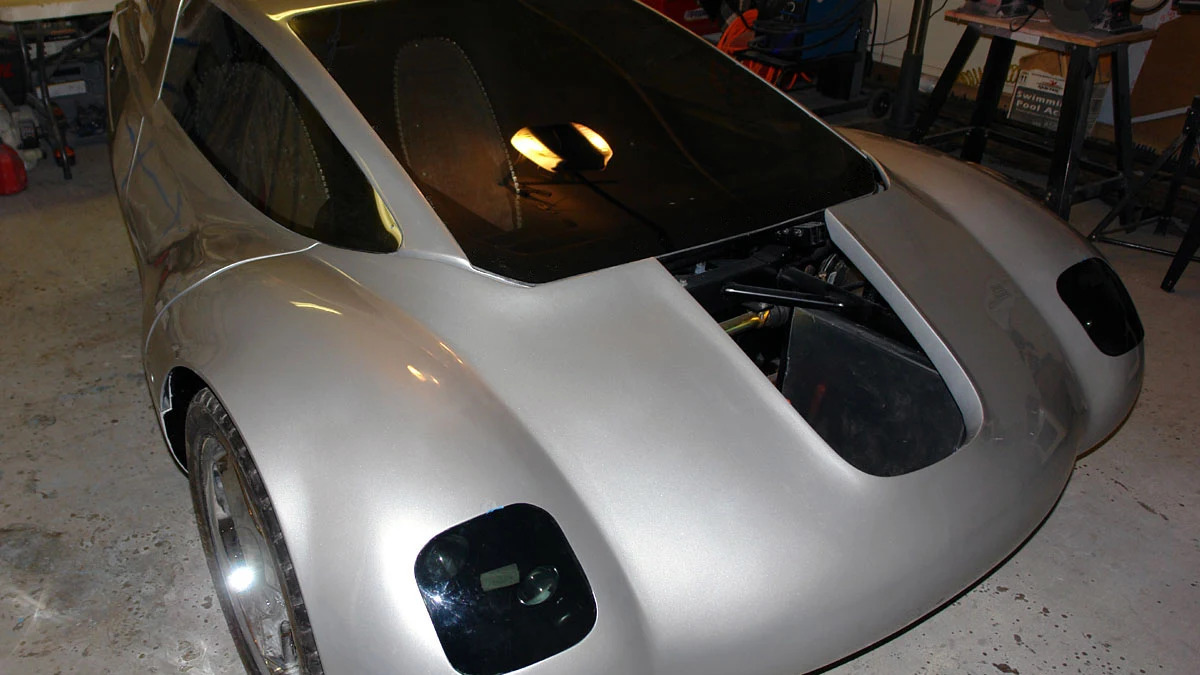

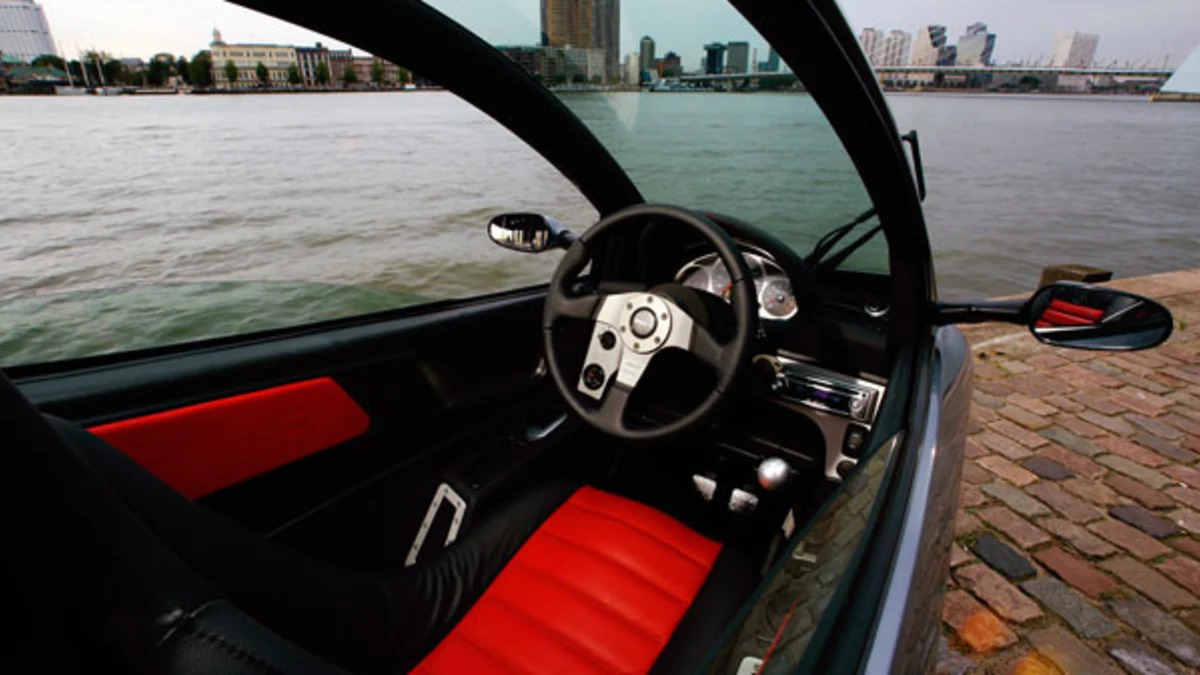


Sign in to post
Please sign in to leave a comment.
Continue